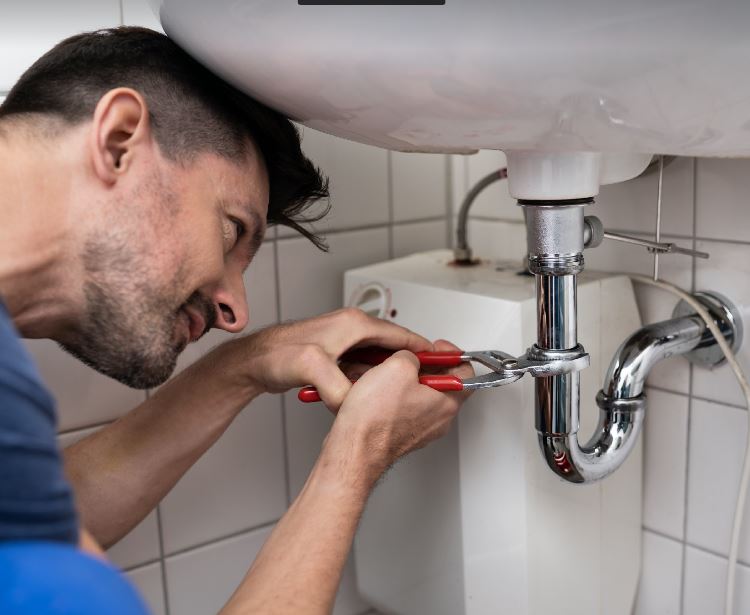Guest Post by Pratik Dalshi
They offer permanent solutions and they have the tools to fix any issue you may be facing.
Plus, if you choose to deal with it yourself or rely on a neighbour that knows “a little” about plumbing, it may result in bigger problems in the future.
So why risk it, right?
With the right plumber, you can get rid of issues faster and more efficiently.
You can also ensure that newly installed fixtures and appliances are safe and are compliant with plumbing standards and regulations. Now, if you don’t have a plumber yet, don’t worry.
Since plumbing is one of the most important systems of your home, it is only proper that it’s handled by a reputable local company.
If you don’t know one yet, here’s a guide on what to look for when choosing a plumber.
5 Things to Look Out For in a Reputable Local Plumber
Professionalism
Most clients prefer to work with people who look professional.
This is because it makes a good and lasting impression.
More importantly, it’s a sign that they are taking you seriously. So when choosing a plumber to work with, try to see how they present themselves.
How do they communicate?
How do they respond to your queries?
Moreover, how are they dressed? . . . . many good plumbing companies take great pride in how they carry themselves and their brands.
This is why they try to communicate respectfully, answer your questions in detail, and appear presentable.
So try to call or visit their shop before getting their services. If you’re looking for a local company in Sydney, check out Inspired Plumbing . All their plumbers are professionals and courteous.
They’d even leave their shoes at your door.
Licenses or Credentials
To see if a plumber is qualified to work for your home, check if they have a license.
Every state in Australia requires plumbers to secure their licenses before they can work, which can be checked online.
Cost
Before making your decision, it’s best to know how much a plumber’s services would cost.
Reputable plumbers will inspect your problem and present you with the total cost inclusive of GST, making sure that they explain what and why things are needed to be done.
Service orientated plumbers offer flat-rate pricing to unclog your drains.
Emergency Response
In plumbing, problems can happen anytime.
This is why it’s important to choose a professional plumber that you can call whenever you have issues with your system.
Look for a company that offers 24/7 emergency services. so no matter how late or early it is, you will have people dealing with the problem and preventing it from getting worse.
During emergency responses, check their timeliness.
Did you call for an emergency but they arrived 5 hours later?
Or did they call back after an hour and arrived at your place within minutes?
Use this as a reference on whether or not you should continue using that company.
Insurance and Guarantees
A company that can provide insurance for any damages done to your property is important when something goes wrong with a job.
This is so you don’t have to pay for anything else or go through an exhausting process to be reimbursed for their mistakes.
Finding a Local Plumber
A local plumber is best to deal with your urgent needs.
They are closer.
Thus, making it easier and faster for them to arrive when a drain suddenly clogs or pipes start leaking.
If you are looking for a trusted and reliable company now, you can check out Inspired Plumbing in Sydney.
